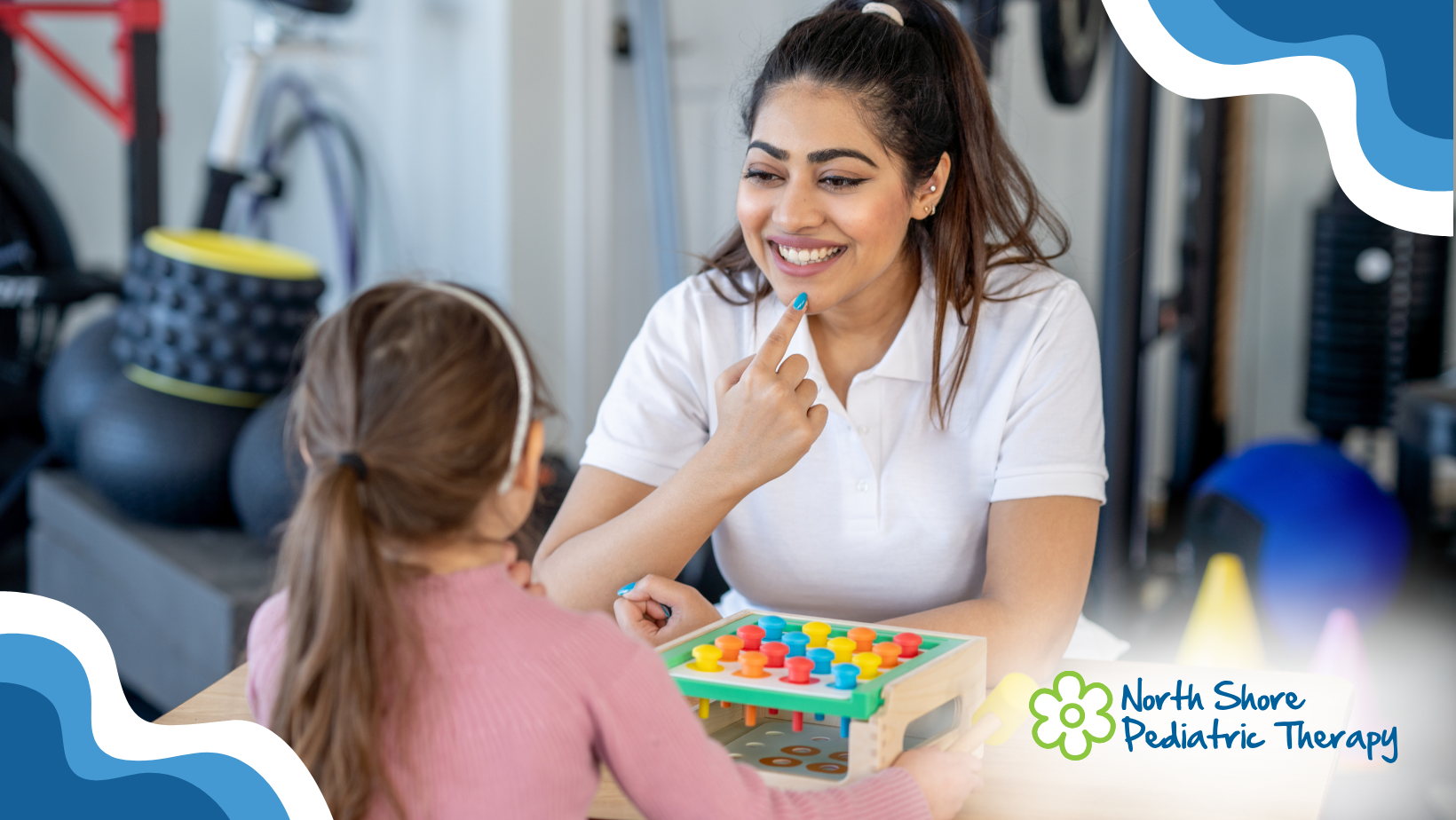Communication encompasses so much more than just talking. Our body language, intonation, gestures, and facial expressions say just as much as our words. The importance of gesturing has long been underestimated in the field of speech-language pathology. However, gestures are one of the very first forms of communication, and recent research has suggested that gestures may pave the way for future developments in language. Iverson and Goldin-Meadow (2005) found that children who first produced a gesture + word combination were also first in producing two-word combinations.
A gesture is defined as an action, or movement of part of the body, especially of the hands or the head, used with the intention to communicate an idea or meaning. While gestures are typically made with our hands, they can also include facial expressions, such as lip smacking, to indicate eating and body movements, such as arching of the back, to indicate refusal. Here are some general guidelines for gesture development from an infancy to two years of age.
9-12 Months
- Requests objects by pointing or reaching with hand
- Gains attention by making physical contact (i.e. grabbing leg, pulling on adult)
- Reaches to be picked up
- Performs an action to indicate wanting something to happen again (i.e. banging on the table after you bang on the table)
- Anticipates and initiates social games like peek-a-boo by covering face with a blanket
- Waves bye
- Imitates clapping
- Shows and gives objects to adults
12-15 Months
- Gives objects to adult to request help
- Demonstrates functional use of objects. For example, brushes hair, stirs with a spoon etc…
- Hugs stuffed animals
- Claps to show excitement
- Dances to music
15-18 Months
- Shakes head “no”
- Points to get you to do something. For example, points to a door to indicate “open” or “out”
- Smacks lips to indicate “food”
- Points to object upon request, (i.e. “Show me your tummy!”)
- Points to objects for adults to name or label
- Indicates all done by putting hands up or shaking hands
18-24 Months
- Makes funny faces, silly sounds, sticks out tongue to gain attention
- Representational gestures emerge. These include shrugging shoulders, putting hands up to indicate, “What’s that?” or “Where did it go?”
- Blows kisses
- Slaps palm for “high five”
- Clarifies verbal messages by pointing to objects they attempt to verbally label
Gestures are crucial for language learning. They help children to communicate their wants and needs months before they are able to do so verbally. Children learn communication through listening, observing, and imitating the world around them. The best way you can support your child’s language development is by engaging with them each and every day. Play, talk, gesture, sing, laugh, and enjoy your time together!














